5 002 959 SEK
5 125 526 SEK
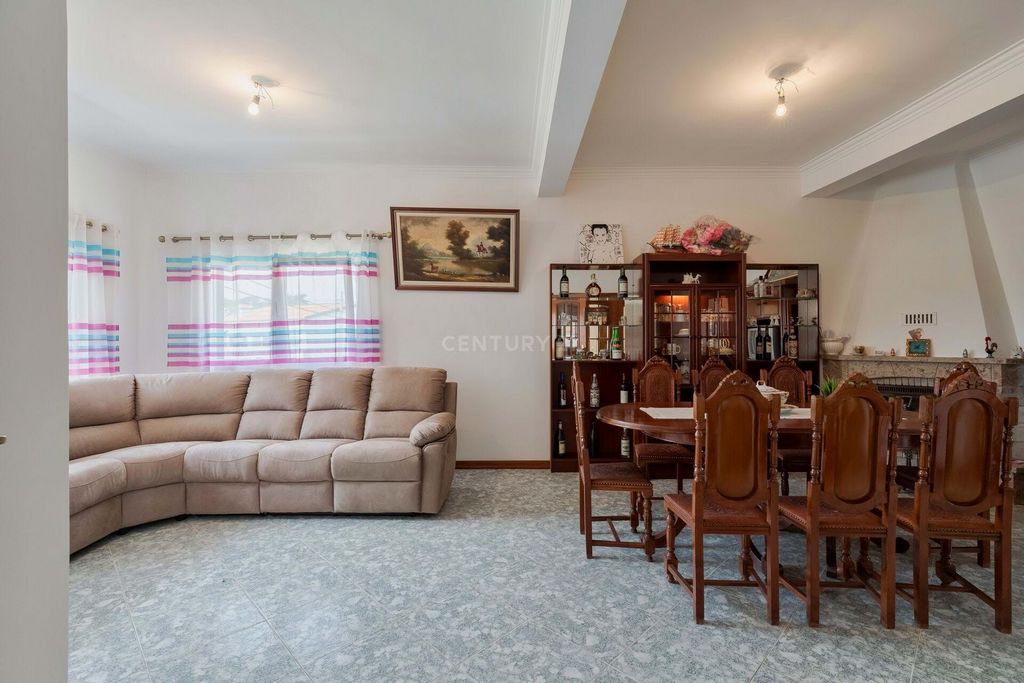
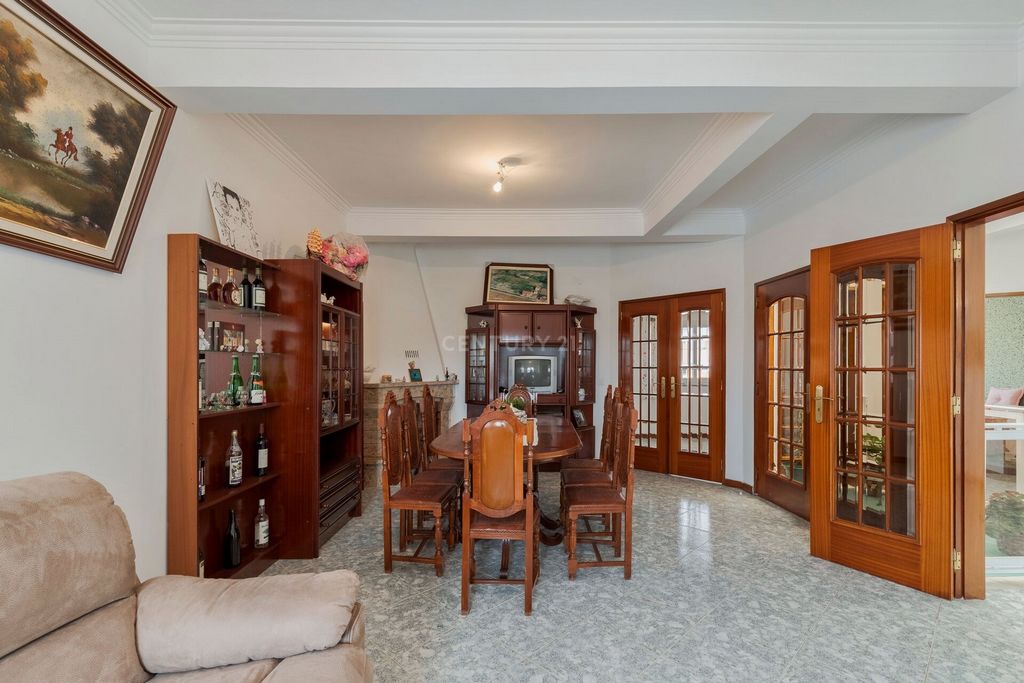
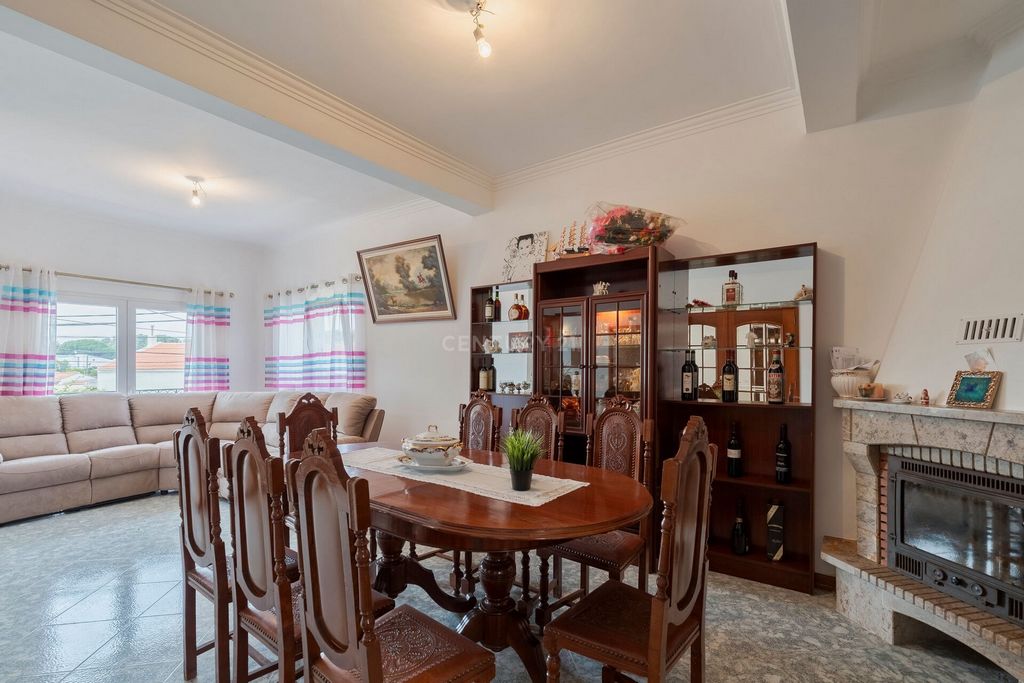



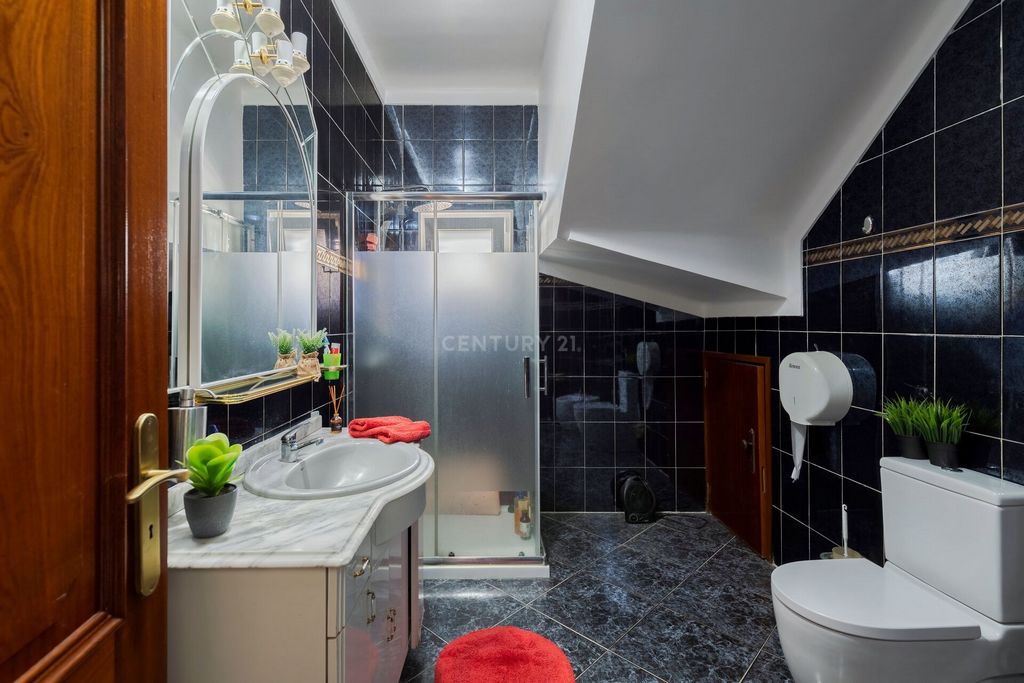
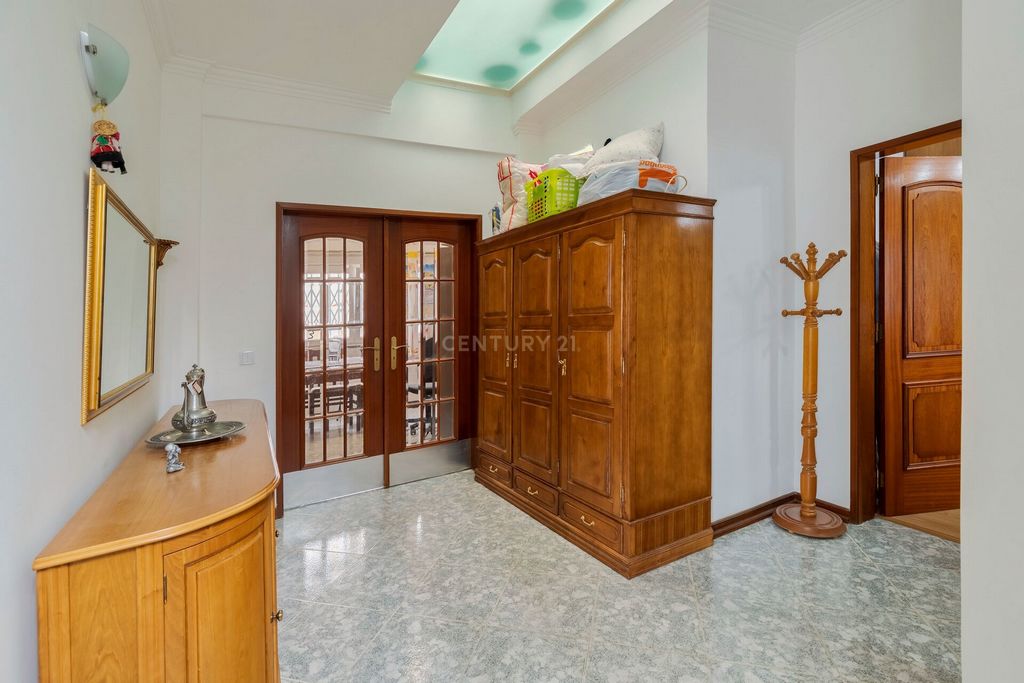
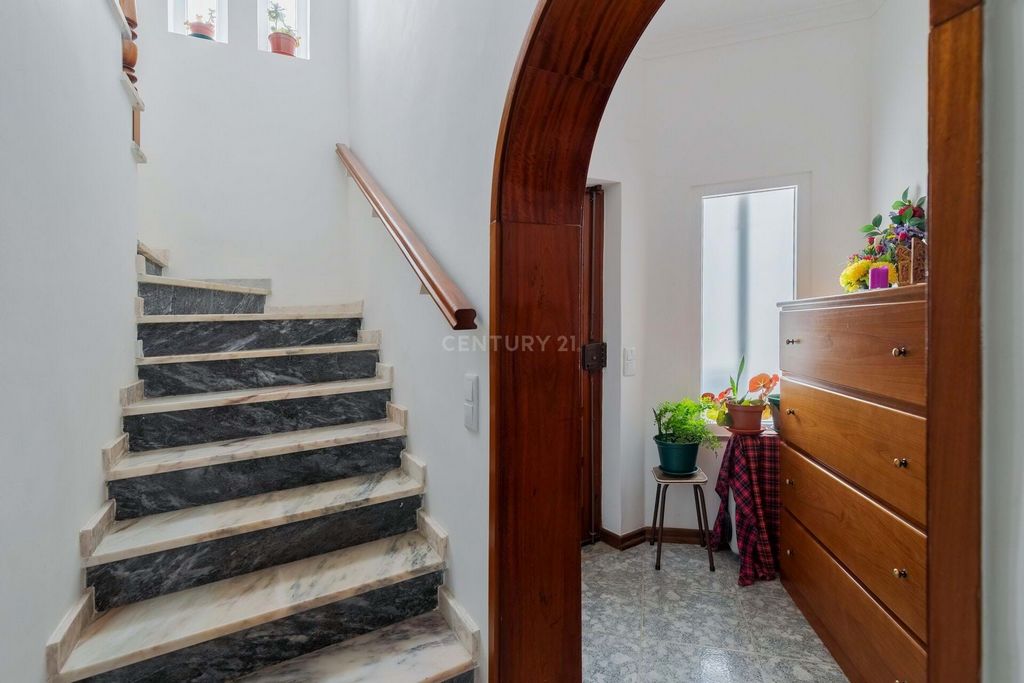






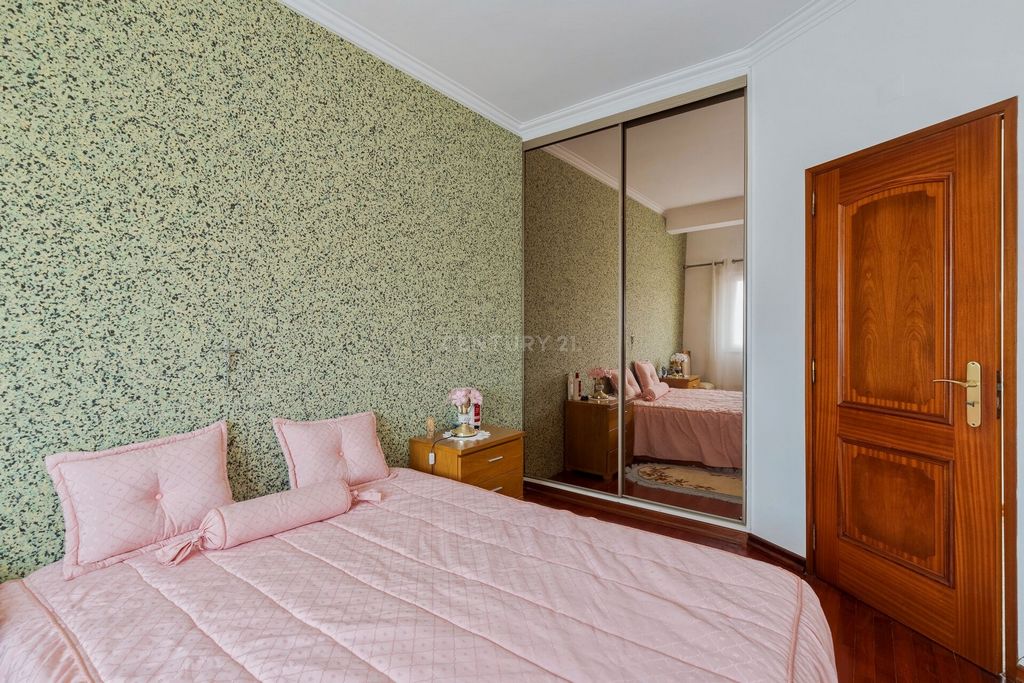
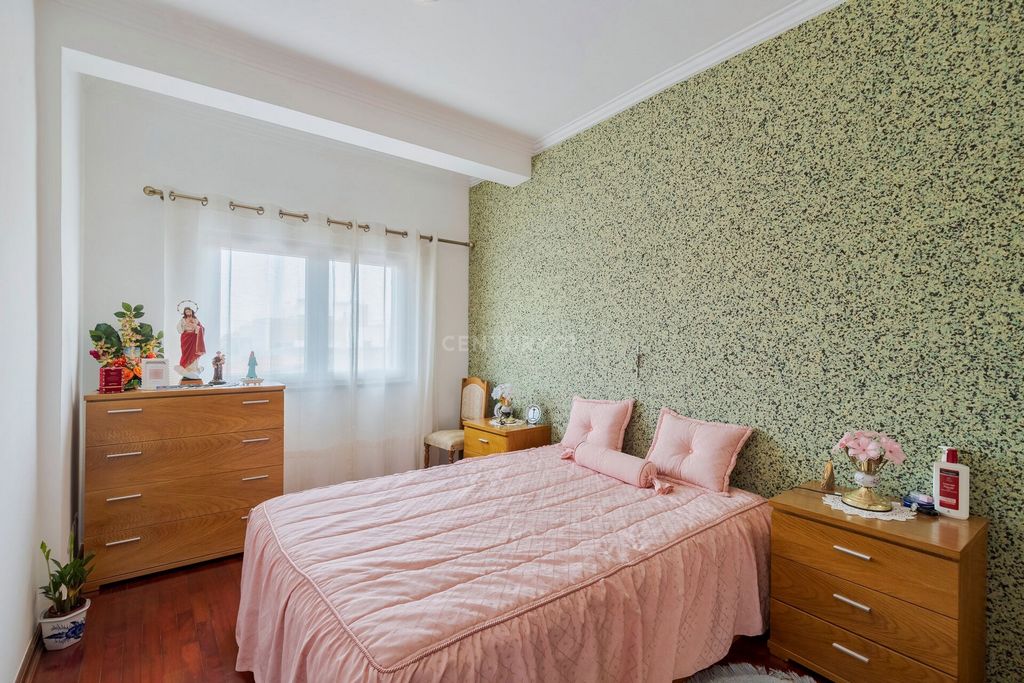

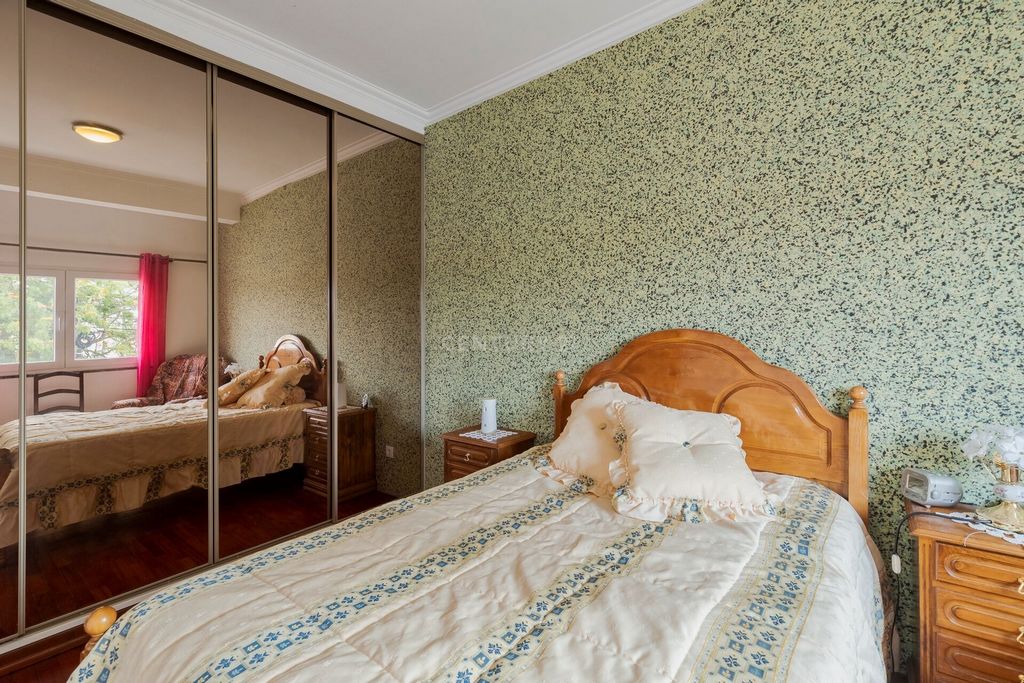
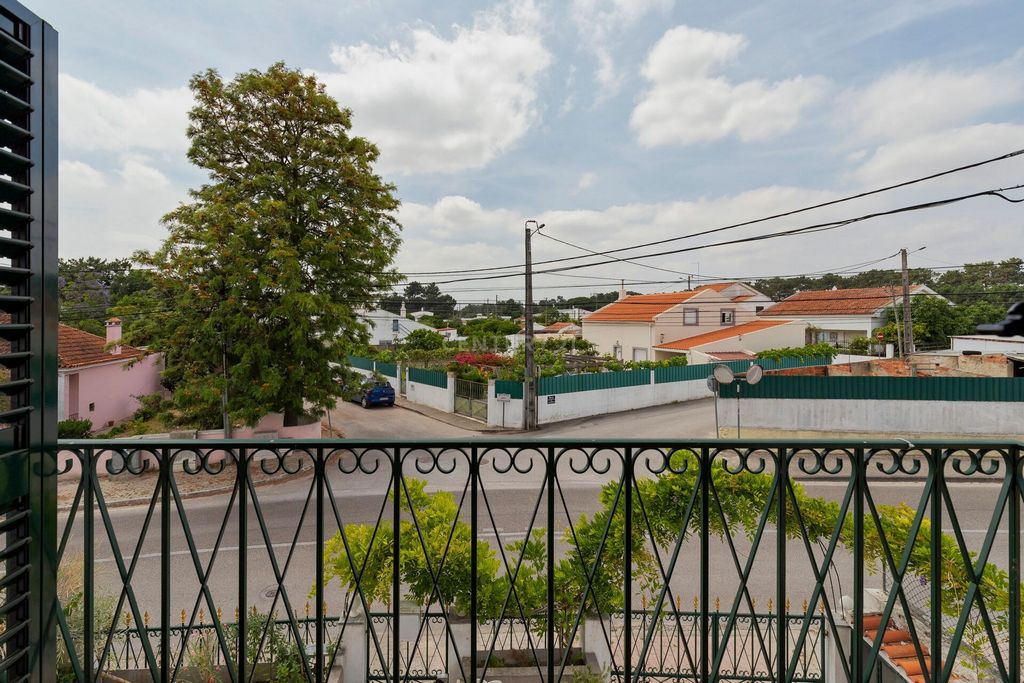
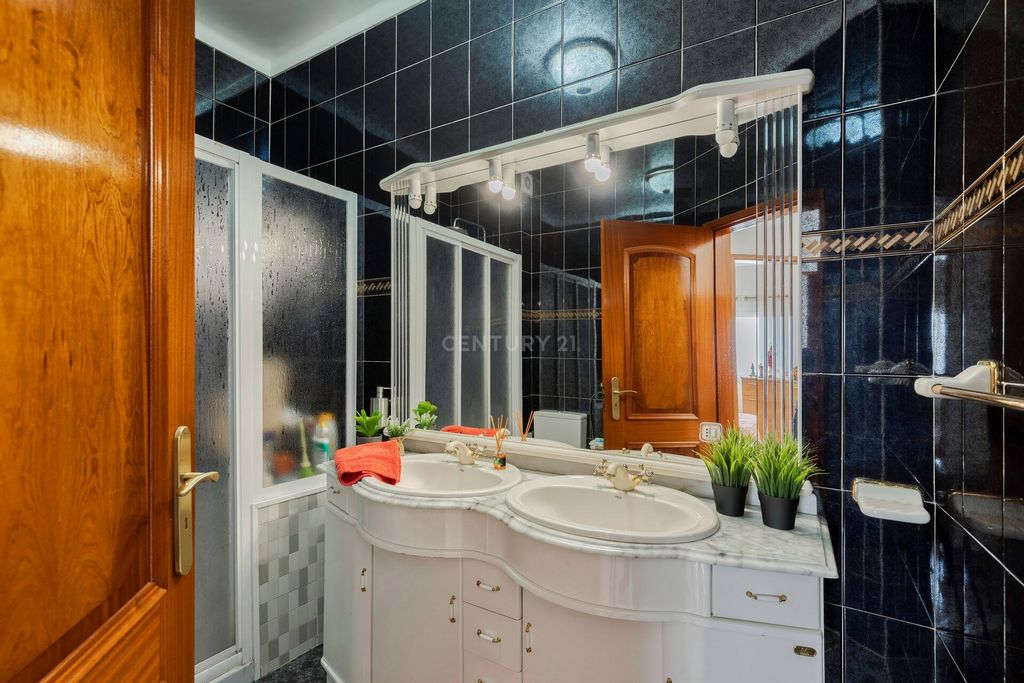


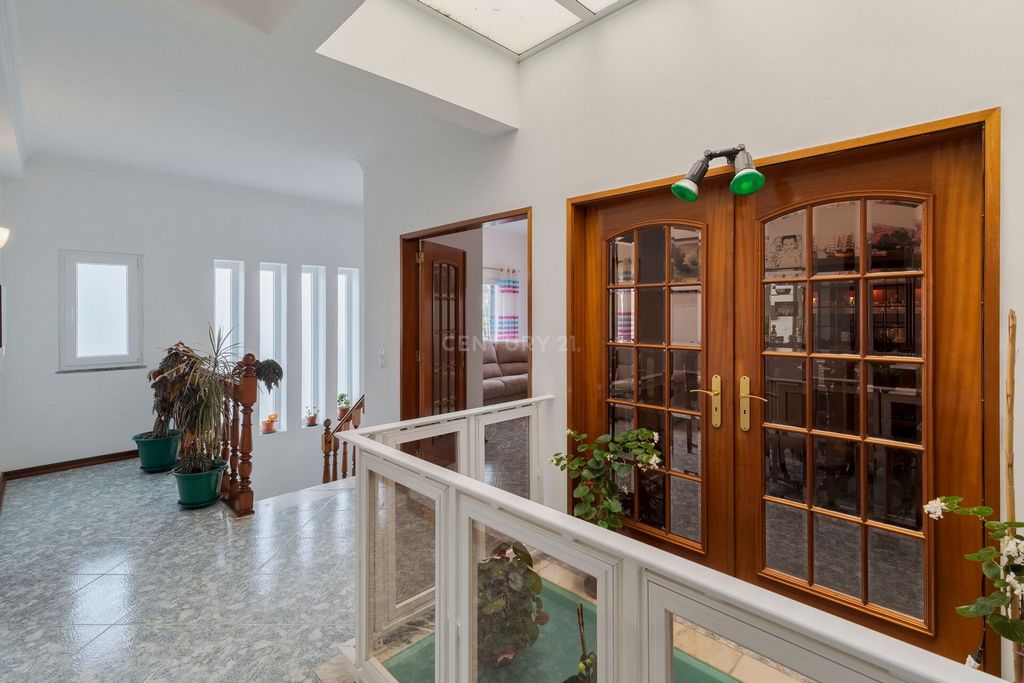





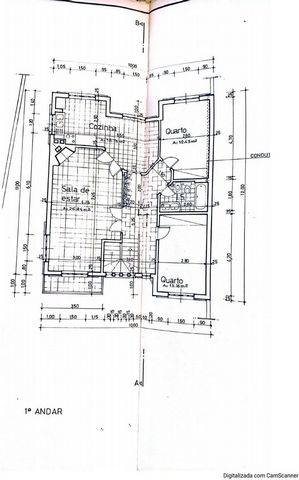

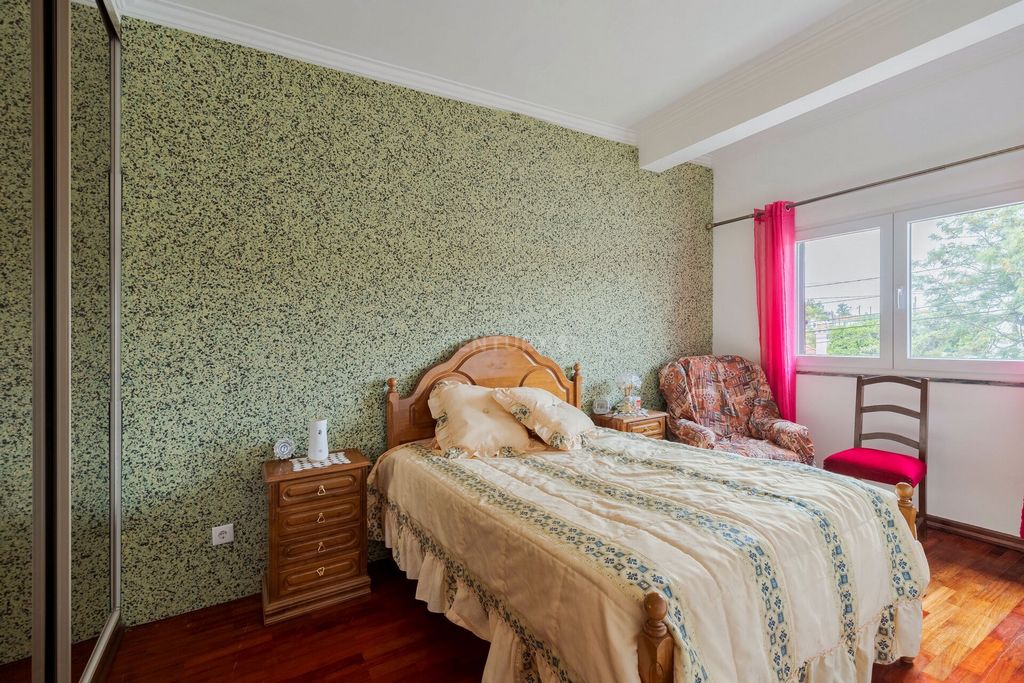
First floor: large living room with fireplace, balcony with open views and 3 bedrooms, all with wooden floors and 2 of them with built-in wardrobes.
Possibility of using the attic.
pre-installation of alarm, installation of solar panels, window grilles, double glazing and tilt-and-turn windows, air conditioning
This villa offers a generous outdoor area with the possibility of creating 3 different environments for family and leisure moments, taking advantage of the barbecue and fruit trees.
Easy access to Lisbon using the 25 de Abril bridge and the Vasco da Gama bridge as well as the city of Setúbal and the beaches.
Come and see, book your visit now. About the barreiro - Industrial period
The opening of the first railway section to the south of the Tagus between Barreiro and Vendas Novas in 1861, began the great surge of industrial development in the municipality, which for more than a century and a half characterized Barreiro and transformed it into the main axis in North/South connection of the country.With the railway came the cork industry, whose first production dates back to 1865. At the end of the century. In the 19th century, Barreiro would become one of the most important cork centers in the country, employing around 1000 workers. This activity has completely disappeared from the municipality, with only one factory remaining, currently deactivated.However, major changes to the traditional physiognomy occurred with the start of chemical industries in 1907, by Alfredo da Silva, initiating the large industrial complex that Barreiro became during the 20th century.
Some of these activities left testimonies that today we can consider as cultural heritage, an inheritance of Portuguese industrialization. Visa fler Visa färre Maison d'une superficie brute de construction de 232m2 sur un terrain de 293m2.La propriété se compose de 2 étages, à la différence qu'elle dispose déjà de 2 cuisines, une à l'étage supérieur et une au rez-de-chaussée, que vous pouvez utiliser à des fins d'investissement si vous souhaitez la diviser en deux maisons dépendantes.Au rez-de-chaussée, il y a un hall d'entrée avec puits de lumière, une salle de bain avec douche, une cuisine équipée qui donne accès à une annexe à usage de cave à vin et buanderie, 1 chambre très spacieuse, salle de bain et espace pour un ascenseur.
Premier étage : grand séjour avec cheminée, balcon avec vue panoramique et 3 chambres, toutes avec parquet et 2 d'entre elles avec placards intégrés.
L'ensemble de la charpente est en PVC blanc avec double vitrage, avec volets extérieurs en aluminium.Possibilité d'utiliser les combles.
pré-installation d'alarme, installation de panneaux solaires, grilles de fenêtres, double vitrage et fenêtres oscillo-battantes, climatisation
Cette maison offre un espace extérieur généreux avec la possibilité de créer 3 environnements différents pour des moments en famille et des loisirs, en profitant du barbecue et des arbres fruitiers.Accès facile à Lisbonne par le pont 25 de Abril et le pont Vasco da Gama ainsi qu'à la ville de Setúbal et aux plages.
Venez voir, réservez votre visite maintenant.Besoin de financement, ce n'est pas un problème. Nous vous aidons à obtenir votre financement facilement, sans les frais, les déplacements vers les banques et les délais d'attente interminables.
Nous sommes des intermédiaires de crédit liés dans la catégorie des contrats de crédit immobilier autorisés et enregistrés auprès du Banco de Portugal sous le numéro 000522. Moradia com uma área bruta de construção de 232m2 inserida num lote de terreno de 293m2.O imóvel é composto por 2 pisos tendo como mais valia o facto de já ter 2 cozinhas, uma no piso superior e outra no piso térreo, que poderá aproveitar para investimento se pretender dividir em duas casas dependentes.No R/C hall de entrada com claraboia, uma casa de banho com poliban, cozinha equipada que dá acesso a um anexo aproveitado para garrafeira e lavandaria, 1 quarto bastante espaçoso, WC e espaço para se colocar um elevador.
Primeiro piso: sala ampla com lareira, varanda com vista desafogada e 3 quartos todos com chão em madeira e 2 deles contém roupeiros embutidos.
Toda a caixilharia é em pvc branco com vidros duplos, com portadas exteriores em aluminio.Possibilidade de aproveitamento do sótão.
pré- instalação de alarme, instalação de painéis solares, gradeamento nas janelas, vidros duplos e oscilo batente, ar condicionado
Esta moradia oferece uma área exterior generosa e com possibilidade de criar 3 ambientes diferentes para momentos em família e de lazer aproveitando a churrasqueira e as árvores de frutos.
De fácil acesso para Lisboa usando a ponte 25 de Abril e a ponte Vasco da Gama assim como a cidade de Setúbal e das praias.
Venha conhecer, marque já a sua visita. Necessita de Financiamento , não é problema. Nós ajudamo-lo a obter o seu financiamento, comodamente sem custos e deslocações a bancos e tempos intermináveis de espera.
Somos Intermediários de Crédito Vinculado na categoria de contratos de Crédito Habitação autorizado e registrado no Banco de Portugal com o número 000522. House with a gross construction area of 232m2 on a plot of land measuring 293m2.The property consists of 2 floors, with the added value of the fact that it already has 2 kitchens, one on the top floor and one on the ground floor, which you can use for investment if you want to divide it into two dependent houses.On the ground floor, there is an entrance hall with skylight, a bathroom with shower, an equipped kitchen that gives access to an annex used for a wine cellar and laundry room, 1 very spacious bedroom, bathroom and space for an elevator.
First floor: large living room with fireplace, balcony with open views and 3 bedrooms, all with wooden floors and 2 of them with built-in wardrobes.
Possibility of using the attic.
pre-installation of alarm, installation of solar panels, window grilles, double glazing and tilt-and-turn windows, air conditioning
This villa offers a generous outdoor area with the possibility of creating 3 different environments for family and leisure moments, taking advantage of the barbecue and fruit trees.
Easy access to Lisbon using the 25 de Abril bridge and the Vasco da Gama bridge as well as the city of Setúbal and the beaches.
Come and see, book your visit now. About the barreiro - Industrial period
The opening of the first railway section to the south of the Tagus between Barreiro and Vendas Novas in 1861, began the great surge of industrial development in the municipality, which for more than a century and a half characterized Barreiro and transformed it into the main axis in North/South connection of the country.With the railway came the cork industry, whose first production dates back to 1865. At the end of the century. In the 19th century, Barreiro would become one of the most important cork centers in the country, employing around 1000 workers. This activity has completely disappeared from the municipality, with only one factory remaining, currently deactivated.However, major changes to the traditional physiognomy occurred with the start of chemical industries in 1907, by Alfredo da Silva, initiating the large industrial complex that Barreiro became during the 20th century.
Some of these activities left testimonies that today we can consider as cultural heritage, an inheritance of Portuguese industrialization.